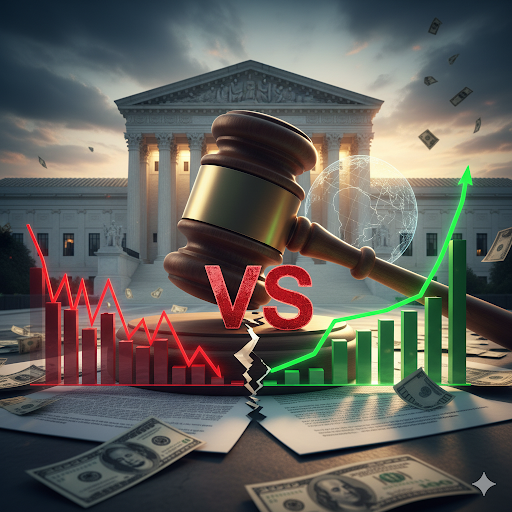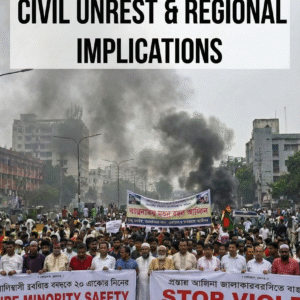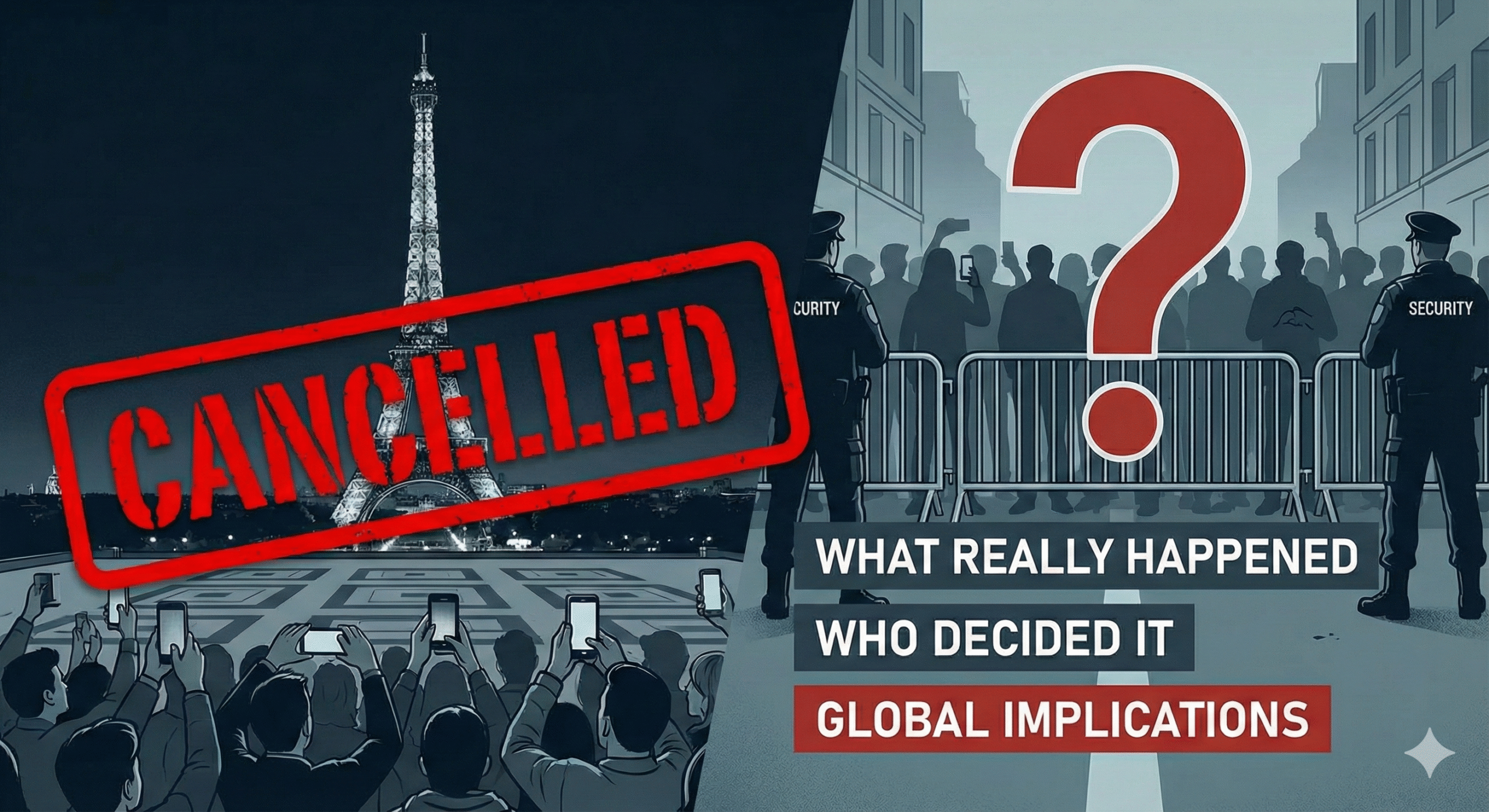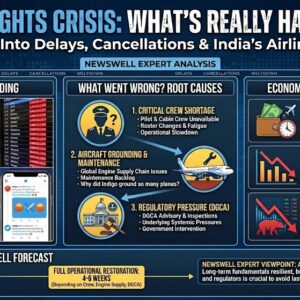The Supreme Court’s Tariff showdown approaches, a battle for the books as much as a battle of wills, and one with profound implications for the global economy. The Trump administration wants the nation’s highest court to rule swiftly, hoping to reverse a lower court ruling that invalidated many of its tariffs. The risks are high, both for American trade policy and for consumers and businesses across the country.
The Supreme Court’s Tariff Challenge: A Fight Over Executive Power
The judicial controversy revolves around the use of the 1977 International Emergency Economic Powers Act (IEEPA) by the administration to support sweeping tariffs. A recent federal appeals court decision aligned with a group of states and companies, holding that the IEEPA does not empower the President to unilaterally impose import duties. The court’s 7-4 ruling basically reasserted a fundamental constitutional role: Congress has the authority to levy taxes and tariffs.
But the appeals court permitted the tariffs to stay in place temporarily, leaving a limited window for the administration to appeal. In retaliation, the Trump administration announced the intention of appealing to the Supreme Court and urged a quick decision to continue its trade policies.
Billions on the Line
At the center of the court fight is a colossal financial gamble. Since they went into effect, the tariffs have created a large revenue stream for the U.S. Treasury, amounting to an estimated $159 billion. The administration has cautioned that if the tariffs are eventually invalidated, the government might be in the position to have to refund these billions to importers—a budgetary setback the Justice Department has hyperbolically characterized as “financial ruin.”
On the balance sheet, on the other side, companies and consumers have been footing the bill. Importers have been paying more, and it is frequently passed along in the supply chain. A Supreme Court ruling that affirms the lower court’s decision could open the way for a big tax refund, giving companies relief and potentially passing on reduced consumer prices on everything from electronics to clothes.
Outside the Courtroom: The Economic Ripple Effect
The Supreme Court Tariff ruling will not only resolve a matter of law; it will determine the course of U.S. trade policy. If the court rules in favor of the administration, it will make tariffs a potent and unilateral tool for the executive to employ, endorsing an approach utilized to coerce foreign countries into new agreements.
Conversely, a ruling against the tariffs could weaken the administration’s negotiating position. It would force a reliance on other, more limited trade laws that require more congressional oversight, potentially emboldening U.S. trading partners and reshaping the global trade landscape.
Conclusion
While legal arguments are being drafted and submitted, the country waits. The Supreme Court’s Tariff battle is not just a constitutional issue; it is a turning point for an economy caught in crosscurrents of global tensions, uncertain supply lines, and a future of increasing expense.
Ultimately, the Court’s ruling will have far-reaching ramifications on more than trade policy alone. It will set the limits of executive authority and decide who has the power to control the U.S. economy. No matter if the ruling results in a deluge of refunds to importers, lower prices for consumers, or an affirmation of a new presidential authority, the ramifications will be felt for decades to come—making this case one of the most important economic tales of our time.





